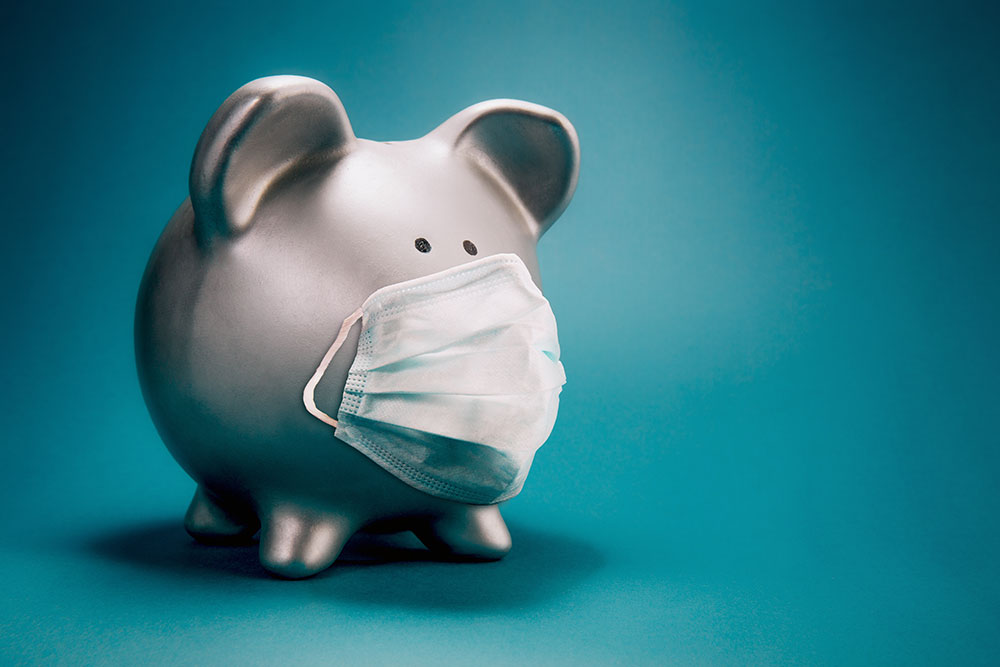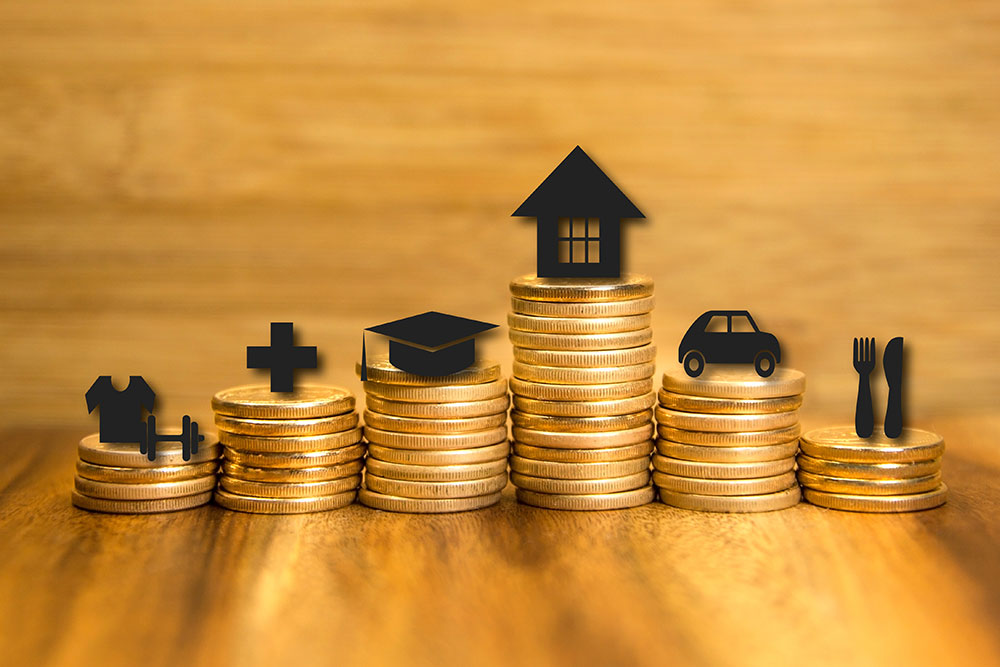When you think of debt, it feels like an invisible burden on your shoulders that stays put until you clear it all off. For the longest time, I refused to get myself a credit card because I had seen how poorly a close friend of mine handled hers. The interest would keep getting added to the principal amount and before she knew it, there was a huge debt on her that she had to convert into EMIs to clear off. Eventually, I got one and learnt how to use it without spending like it’s free money. Did you know high-interest rates and poor spending habits are the most common reasons why people have such large pending dues?
However, borrowing money is not always bad. Loans, EMIs, and credit cards help you pay for services and products that you cannot afford with hard cash. Having said that, there are two types of debts—the good and the bad—depending on several factors. So, how do you determine when it is good to borrow money and when it is a bad decision? Read on…

What is good debt?
When you borrow money, not for consumption but investment, it is said to be a good debt. They say it takes money to make more money. And though there are exceptions, time and again, this school of thought has paid well! If the borrowed sum helps you generate more income and increase your financial strength, then it is categorised as good debt.
For instance, if you take a student loan and invest in your education, it can be considered a profitable move if the course will elevate your earnings. However, one should make sure they will get that kind of return from their investment. Say, if you invest ₹30 lacs in studying abroad and eventually return to your country to work in a different field, then you are left with a debt that is not profitable to you. Also, interest rates and duration comes into the picture too.
Home loans too are generally considered good debt as these make profitable investments. Ask those who bought apartments in Mumbai decades ago and could sell them for a much higher price now. There’s the scope of making a huge profit if it is considered a long-term asset.
Similarly, investing in your own business is considered profitable. Of course, there are risks involved, but with an assumption that you’ve accounted for your liabilities and assets well, this loan is considered a healthy choice.

What is bad debt?
Borrowing money for services and products that are consumed, and do not offer any long-term growth, are considered bad debt. For instance, if I take a trip to the US and pay for everything in EMIs, I will be in bad debt. This is because I am paying money to spend money here, through the interest charged. It’s really that simple.
However, we get into trouble when we take on more loans than we can comfortably pay off. This also includes assets whose value depreciates over time.
Taking loans for consumables such as clothing, jewellery, etc is considered non-profitable debt. Your spending capacity and interest rates should be taken into account before investing in these products.

Things to consider before going into debt
When we talk about debt, it can include a loan, the EMIs you’re paying, or the credit card bills you generate every month. Here are a few things to keep in mind before borrowing money to achieve your goals.
· Will the money borrowed make more money?
· Is it something urgent or can you save up for it? Bad debt is best avoided unless it’s something that can’t wait.
· What are the interest rates? Research says some so-called special loans have up to 35 per cent of Annual Percentage Rate (APR), which makes these more interest-heavy.
· Will you be able to save along with paying off the loan? There’s no point in having a home and being house poor (people who spend more than 40 per cent of their income on household expenses).
· Have an advisor evaluate whether your seemingly a good investment is actually a wise move or one that can incur losses.